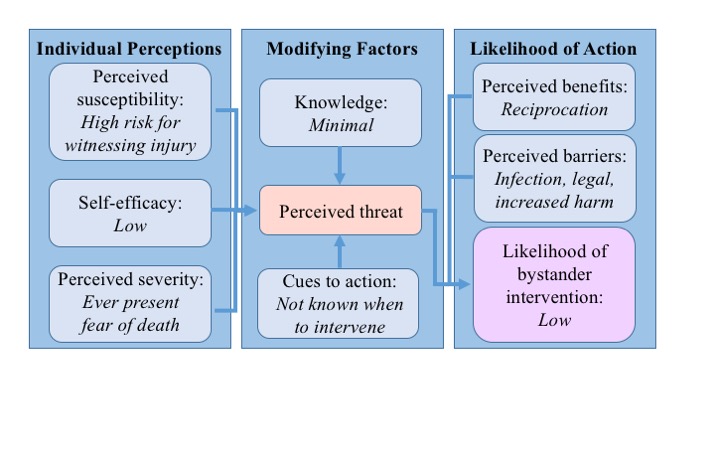J. R. Cherry-Bukowiec1, N. Werner1, L. Min2, J. Ha2, P. K. Park1 1University Of Michigan,Surgery,Ann, MI, USA 2University Of Michigan,Geriatrics,Ann Arbor, MI, USA
Introduction:
The ACS-TQIP geriatric trauma management guidelines incorporate a 4 question, 5-item functional status (FS) screen to measure functional outcomes in older patients. We examined the performance of ACS-TQIP screen in injured and non-injured patients over time to deterine performance of this abbreviated scale was comparable to a full 12-scale ADL/IADL ability score over time.
Methods:
Functional status collected every 2 years by the nationally-representative Health and Retirement Study (HRS) was linked with CMS Inpatient Claims data to identify older (age >=65) patients with a functional status evaluation prior to hospitalization for injury and a subsequent evaluation following injury within two years. For comparison to natural functional decline, interview intervals that did not include an acute injury hospitalization served as controls. Changes in functional status by the ACS-TQIP FS were evaluated as a function of time from injury to follow-up interview and compared to the 12-scale ADL/IADL ability score.
Results:
Between 1998-2010, 20,562 acute hospitalizations occurred between two consecutive HRS interviews; 1056 were in patients with severe traumatic injury. In patients with no preinjury functional disability (N=715), mean ACS-TQIP FS and 12-scale ADL/IADL ability scores were both lower than in control patients (in excess of 1 ADL) during the post-injury period, with persistent decreases seen up to 2 years after injury. Similar, sustained decreases were seen in patients with mild preinjury disability(N=205). In patients with severe preinjury functional disability (N=136), overall performance remained limited.
Conclusions:
In a national cohort of older trauma patients with no or mild prior history of disability, the ACS-TQIP FS screen identified sustained new functional impairment up to 2 years after the initial injury in a similar pattern as the full 12-scale ADL/IADL ability score.









